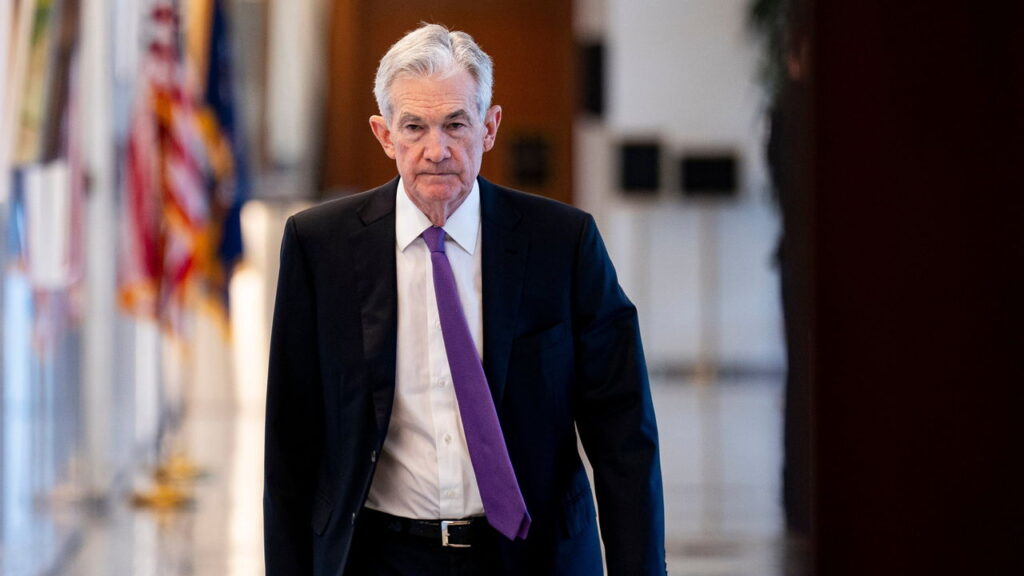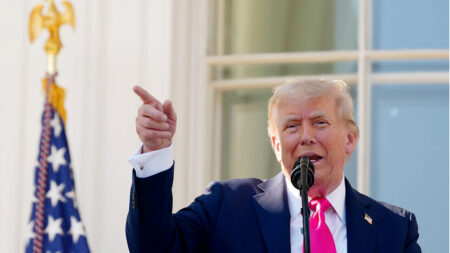On September 18th, a pivotal decision was made by the Federal Reserve, as it opted to lower interest rates by half a percentage point. This decision reverberates through the financial landscape for two key reasons. Firstly, it signifies the first reduction made by America’s central bank following a series of rate hikes initiated to combat the persistent issue of inflation. As inflation has begun to stabilize, this rate cut marks the commencement of a monetary-easing cycle. Secondly, it reflects the Federal Reserve’s confidence that inflation is no longer the pressing concern it once was. Instead, current conditions warrant immediate action to bolster a labor market that is currently wobbling under economic pressures.
The recent liberalization of monetary policy by the Fed is significant not merely for its economic implications but also for the philosophical shift it represents within the institution. Traditionally tasked with maintaining price stability, the Federal Reserve has now pivoted its focus towards supporting employment. This move indicates an emerging belief among policymakers that fostering job growth may take precedence over merely controlling inflation, especially in light of a labor market that appears to be on shaky ground.
One of the noteworthy aspects of this decision was the dissent expressed by Michelle Bowman, a governor within the Federal Reserve system. This was the first instance since 2005 in which Bowman has voiced opposition to the majority stance, arguing instead for a more conservative approach to interest rate adjustments. She advocated for a cut of only a quarter-point, suggesting that a more measured approach might better serve the economy in its current state. This divergence of opinion highlights the ongoing debate within the Federal Reserve regarding the appropriate balance between stimulating growth and maintaining economic stability.
Bowman’s dissent underscores a critical aspect of the Federal Reserve’s decision-making process: the collection of diverse perspectives among its governors. Such internal disagreements are not uncommon, as the members of the Federal Reserve Committee draw on their distinct economic outlooks and analyses to inform their positions. While the majority favored a more aggressive reduction in interest rates, Bowman’s caution points to a broader concern about the potential long-term repercussions of an overly accommodative monetary policy.
The broader context in which this rate cut has taken place is critical to understanding its implications. Since the onset of the pandemic, the economic landscape has been characterized by significant uncertainties, particularly concerning the labor market. Despite improvements in job growth, lingering effects from earlier economic disruptions continue to affect various sectors, leading many to question the sustainability of the employment recovery. The Federal Reserve’s decision can be seen as a response to these concerns, aiming to provide the necessary support to ensure that the labor market does not falter.
Additionally, the move to lower interest rates signifies a strategic pivot for the Federal Reserve, potentially altering the trajectory of fiscal policy in the United States. By making borrowing cheaper, the Fed hopes to encourage spending and investment among both consumers and businesses. This approach aims to stimulate economic activity, particularly in sectors that have not completely rebounded from previous downturns. The decision to enact a half-point reduction may also be indicative of a longer-term strategy to position the U.S. economy for recovery and resilience against future shocks.
In summary, the decision by the Federal Reserve to implement a half-point reduction in interest rates reflects a critical turning point in U.S. monetary policy. With inflation concerns receding, the Fed is now prioritizing labor market support as a path to sustainable economic recovery. As illustrated by Michelle Bowman’s dissent, the debate within the institution remains vibrant and complex, emphasizing the challenges that lie ahead in striking the right balance between facilitating growth and ensuring economic stability. Overall, this policy shift sets the stage for a new era of monetary easing that will likely have lasting implications for the U.S. economy in the months and years to come.










